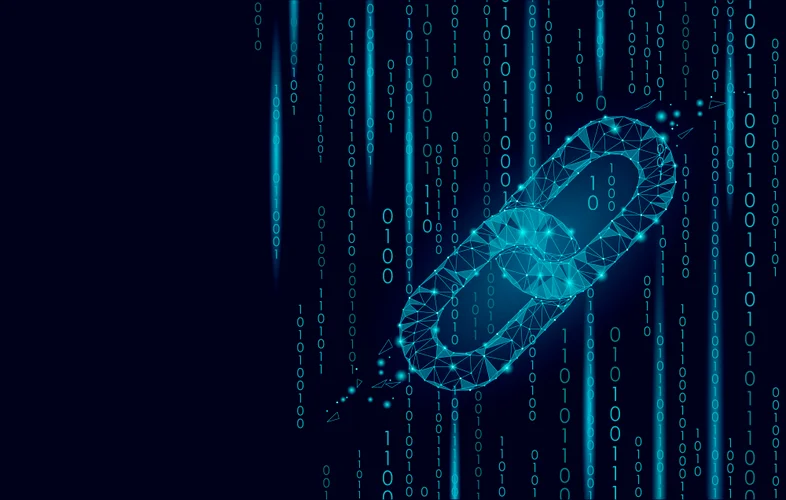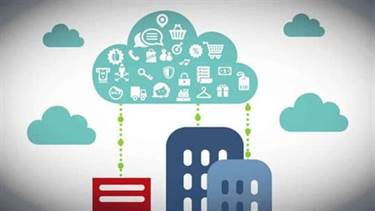With fog computing, the fog layers act as a middleman between the consumer and the cloud. This implies that the fog engine should know who’s requesting the service, and the same authorization process and insurance policies hold good here. A key challenge in fog computing is achieving environment friendly knowledge analysis and processing on the fringe of a decentralized network. Cloud-based storage providers like Google Drive and Dropbox that allow saving, accessing, and sharing information on-line are excellent examples of cloud computing in motion. These services allow users to addContent crucial documents to the cloud and access them from any device. The service suppliers guarantee knowledge security while finish users pay for storage space.

Although edge gadgets and sensors are where knowledge is generated and picked up, they sometimes do not have the compute and storage assets to carry out superior analytics and machine learning duties. Though cloud servers have the facility to do that, they’re typically too far away to course of the information and respond in a well timed manner. This sort of fog computing depends on the computing energy of edge gadgets to course of and analyze data. Client-based fog computing is ideal for functions that require real-time processing, such as autonomous automobiles and industrial IoT.
Location Consciousness
Fog computing depends on a distributed structure with quite a few edge devices and fog nodes. Scalability is achieved by adding extra edge gadgets and fog nodes to the network https://www.globalcloudteam.com/. Fog computing leverages the sources obtainable at the edge and might scale horizontally.
One of the approaches that may fulfill the calls for of an ever-increasing number of related gadgets is fog computing. It utilizes the native somewhat than remote laptop sources, making the efficiency more environment friendly and highly effective and reducing bandwidth points. In phrases of fog computing vs cloud computing, there are a number of necessary variations to contemplate. The main distinction between these two approaches lies in their respective locational awareness. Cloud computing is geo-distributed, that means that it relies on a network of cloud servers which are sometimes spread out across a number of geographical areas.
Take No Stress and Learn Cloud Computing from scratch with KnowledgehutHut, a web-based course that will vanish away all your ifs and buts with special cloud computing guidance from industry consultants. Fog nodes must run independently from the central system and one another. The system must be designed for prime availability in order that the outage of 1 node doesn’t deliver down the entire service. Customized information backup schemes, based on the type and function of the fog node, must be applied and reiterated regularly. When leveraged well, these computing frameworks can empower businesses to boost operational effectivity and foster correct decision-making, finally accelerating income marketing efforts.

Edge computing is very useful for IoT projects as a result of it provides bandwidth savings and improved data safety. There is a rising want for fast, reliable, and environment friendly computing techniques. With the rise of the Internet of Things (IoT) and the proliferation of sensible units, conventional cloud computing solutions are facing new challenges.
Deploying physical servers and other technological infrastructure can take weeks and even months. Besides, companies require a physical space and a technical expert to ensure enough power and dealing and administration of the techniques. Heavy.AI is a robust synthetic intelligence platform that allows businesses and developers to easily construct and deploy AI-powered functions. Heavy.AI is constructed on top of the popular TensorFlow open-source library, making it easy to get began with deep learning and neural networks.
Real-world Examples Of Fog Computing And Cloud Computing In Iot Projects
Monitors can be used to audit the present system and predict future resource requirements based on usage. Fog computing is a decentralized infrastructure that places storage and processing elements at the edge of the cloud, where information sources similar to utility customers and sensors exist. Edge computing is a distributed computing framework that permits localized knowledge processing and analytics.
Fog computing has control over the info that can be managed domestically and transferred to the server. Because sensors — similar to these used to detect site visitors — are sometimes related to mobile networks, cities generally deploy computing sources near the cell tower. These computing capabilities allow real-time analytics of site visitors data, thereby enabling site visitors alerts to respond in real time to altering conditions. Such nodes are physically a lot nearer to devices if compared to centralized knowledge centers, which is why they’re able to provide instant connections. The considerable processing power of edge nodes permits them to carry out the computation of a great amount of information on their own, without sending it to distant servers. Fog computing is used in Internet of Things (IoT) purposes to process data where it is generated rather than in a centralized data center or cloud.
Why Is Fog Computing Beneficial For Iot?
Personal assistants such as Siri and Alexa can be found throughout devices and are suitable with most, similar to smartwatches. This flexibility and presence imply that we will depend on fog computing to turn into a vital part of varied business verticals. Any enterprise that offers real-time options will want to incorporate fog computing into its existing cloud infrastructure. They use the info provided by the fog computing system to offer quality service whereas making certain cost-effectiveness. It is important to notice that these components must be ruled by an abstraction layer that exposes a standard interface and a common set of protocols for communication. However, cloud computing does have its disadvantages, essentially the most severe of which is security.

The integration of data is a key factor that differentiates cloud computing from fog computing. Cloud computing depends on centralized knowledge storage, with all processing and analysis taking place at a central location. Monitoring providers normally embrace software programming interfaces (APIs) that hold monitor of the system’s efficiency and resource availability. Monitoring techniques make positive that all end units and fog nodes are up and communication isn’t stalled. Sometimes, ready for a node to release may be more expensive than hitting the cloud server.
Thanks to advances in cloud technology, users have the ability to ship and obtain information from wherever on the planet, making cloud computing a vital a half of modern life. Fog computing in IoT is a decentralized computing model that brings computation and data storage closer to the edge of the network. In other words, fog computing strikes processing energy and data storage away from centralized server farms and into local networks where IoT gadgets are located. Fog computing presents the potential for enhanced data privacy and safety.
Fog computing, also called edge computing, is a decentralized computing mannequin that brings computation and knowledge storage closer to the sting gadgets. In fog computing, the processing and analysis of information occur on gadgets situated close to the information source, such as gateways or edge servers. Firstly, fog computing reduces latency by processing knowledge regionally, enabling real-time decision-making.
- Fog computing is a term for know-how that extends cloud computing and services to the edge of an enterprise’s community.
- Perhaps the obvious distinction between fog computing and cloud computing is the variety of server nodes required for each method.
- The consortium merged with the Industrial Internet Consortium (IIC) in 2019.
- In fog computing, the processing and evaluation of knowledge occur on units situated close to the info source, such as gateways or edge servers.
- Administrators must monitor all deployed fog nodes throughout the system and decommission them when required.
For occasion, in functions like IoT (Internet of Things), fog computing allows stakeholders to perform real-time knowledge evaluation on the device degree. This eradicates the necessity to ship knowledge to the cloud and improves effectivity. Cloud computing includes the supply of computing services fog vs cloud computing, including data storage, servers, networking, analytics, and intelligence over the Internet. As the demand for information will increase, extra networking channels will emerge. The fog computing vs. cloud computing battle will continue as companies seek to manage and disseminate information more shortly and sustainably.
Battle Of Networking Methods: Fog Computing Vs Cloud Computing, Which To Pick?
The consortium merged with the Industrial Internet Consortium (IIC) in 2019. IoT development and cloud computing are among the core competencies of SaM Solutions. Our highly certified specialists have huge expertise in IT consulting and customized software program improvement. Companies should examine cloud vs. fog computing to take benefit of the emerging alternatives and harness the true potential of the applied sciences. Whether you opt for one or the opposite will finally depend upon quite so much of factors, together with your industry and regulatory requirements.
Cloud computing primarily focuses on large-scale information processing, storage, and long-term analytics. It offers vast computing assets and scalable storage in centralized data centers, permitting for batch processing, complex analytics, and storage of huge amounts of data. Cloud computing depends on centralized data centers, usually situated in remote areas, serving a variety of clients over the internet.
